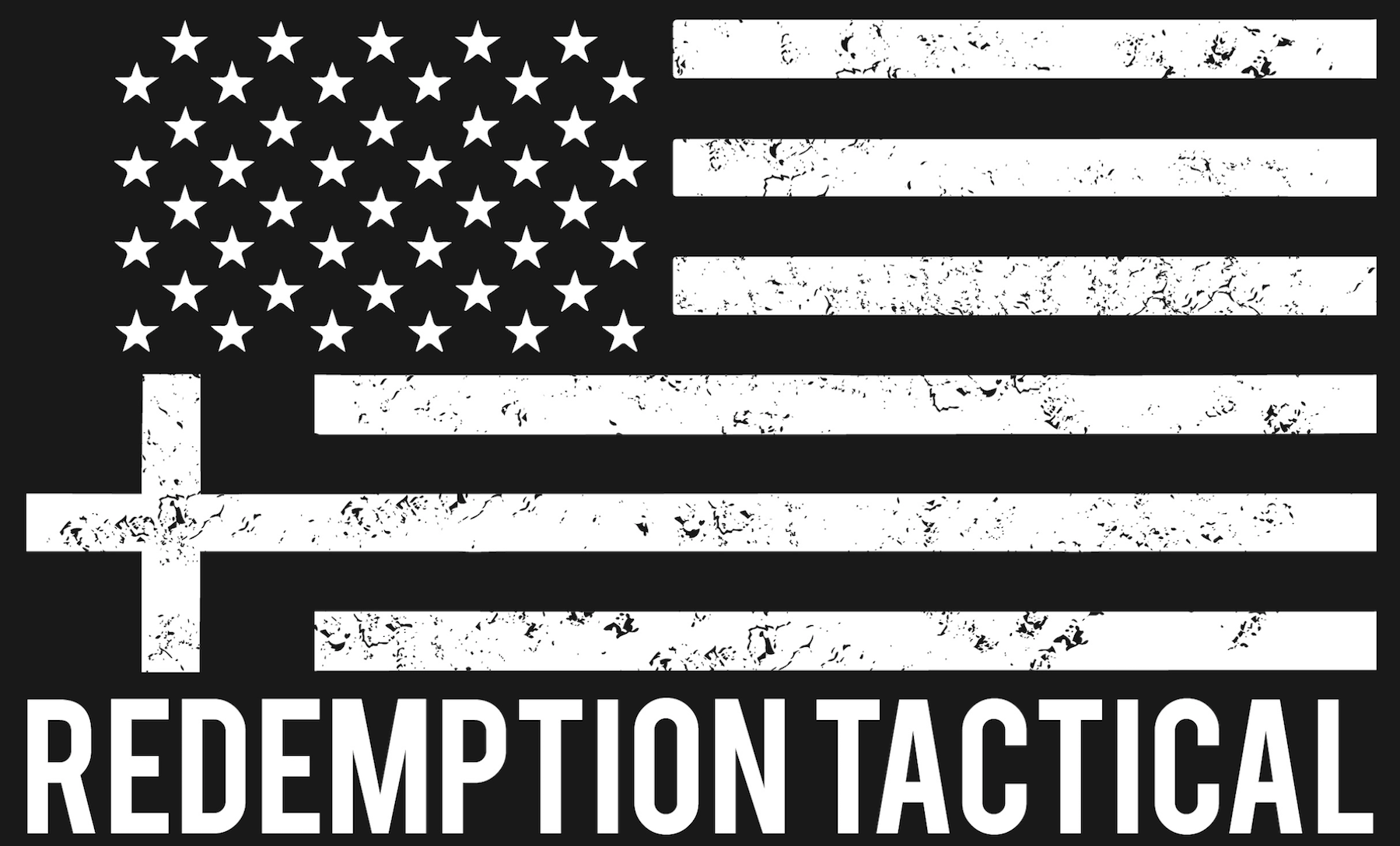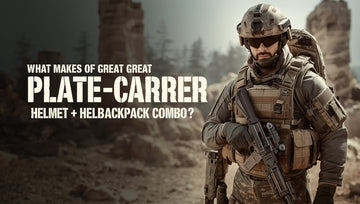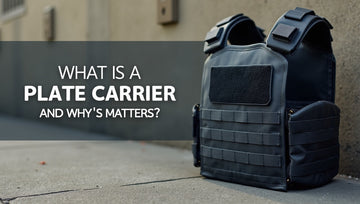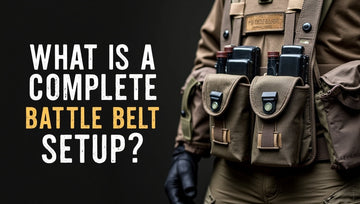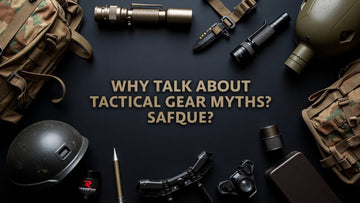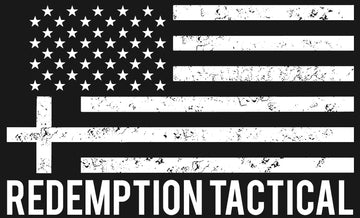Building the ultimate tactical setup, one comprising a plate carrier, a helmet, and a backpack, is much more than stacking gear. It’s about creating a seamless, fit-for-purpose system that offers reliable protection, all-day comfort, and optimal load efficiency, empowering you to stay agile, alert, and mission-focused. Over time, experienced operators and field professionals know that when your tactical kit moves with you, not against you, only then does your equipment start working as hard as you do.
Let’s break down what truly separates an excellent loadout from the rest, touching on smart gear selection, real-world integration, practical accessories, field testing, and long-term maintenance.
Whether you’re law enforcement, military, or preparing for your next demanding adventure, these insights can help you get the most out of your investment and stay mission-ready.
The Importance of a Cohesive Plate Carrier + Helmet + Backpack Kit
The best plate-carrier, helmet, and backpack combo isn’t just about the sum of its parts, but how those parts work together. Each element should enhance the others—providing ballistic protection for your vitals, shielding your head from impact or debris, and letting you carry crucial supplies or mission gear without causing discomfort or throwing your balance off.
Where many kits go wrong is in over-complication. The most reliable setups are streamlined, not overloaded. They deliver everything you need. Each part must earn its place. Overbuilt modular systems look impressive but can slow you down, restrict your movement, or introduce failure points at the worst times.
Consider the ideal scenario: Your plate carrier fits close, doesn’t shift or sway when you run, and lets you add pouches where you need them. Your helmet protects your head without giving you migraines, works with your comms, and feels like an extension of your body. Your backpack carries your essentials, not your kitchen sink—and its straps don’t bite into your neck or fight your carrier for space.
How to Choose the Right Plate Carrier?
The plate carrier is the heart of your loadout; everything else builds off its foundation. The first question you should ask: Does it fit? A carrier too big won’t do its job when you need it.
Fit and Positioning:
Always wear your plate carrier so the front plate sits just below your collarbone. Too low, and you risk exposing your vital organs. Adjust the cummerbund across your lower ribs, securing it evenly on both sides. The fit should allow deep breathing but shouldn’t slide around if you drop prone or scramble up an incline.
Construction:
Durability is everything. Double-stitched, heavy-duty nylon stands up to field use much better than other alternatives. Go for secure, adjustable cummerbunds and reliable quick-release buckles. In an emergency or medical extraction, being able to strip your carrier fast could save your life.
Flexibility:
Look for laser-cut MOLLE panels or similar modular options, as these cut bulk while giving you plenty of choices for attaching pouches and equipment. The fewer fixed pieces or breakable plastic widgets, the better. Sometimes, simple is more robust.
Protection Level:
Assess your risk, whether you are facing rifle threats or just handguns and fragmentation. Rifle-rated plates are heavier but can stop a wider range of threats. Soft armor is lighter, often more flexible, and may suffice for low-risk environments. Make this decision based on your threat profile, not what’s trendy.
Comfort:
Nothing ruins a day in the field like overheating or chafing. Seek carriers with good internal padding and mesh for airflow, especially if you’ll be in your kit for hours at a stretch. Shoulder straps should adjust easily and spread the weight evenly, keeping your load centered and high on your torso.
Load Management:
Be honest about what you need in your carrier. Keeping your gear close to your body’s center of mass is key to agility. Too many front-panel accessories can hinder your ability to go prone, kneel, or sprint. A clean, balanced plate carrier doesn’t just defend your core; it supports all your mission activities.
Selecting a Tactical Helmet That Complements Your Carrier
A tactical helmet is more than just a hard shell. Gone are the days of heavy, uncomfortable lids that serve only to protect from knockouts or debris. Modern helmets serve as platforms for crucial tools: night vision, lights, communication systems, cameras, you name it.
Weight and Balance:
First and foremost, don’t go heavy unless you must. A helmet that throws off your center of gravity or tilts as you move will cause distractions, headaches, and neck strain. Lean toward lighter, high-cut designs, especially if you run ear protection or coms; these profiles give you a better fit and freedom of motion.
Retention and Comfort:
A helmet with a solid retention system, think dial-fit or ratcheting bands, is a must. It should feel comfortable but not tight. You can test by shaking your head, and the helmet shouldn’t shift, wobble, or ride up. Upgradeable padding and liners also go a long way for comfort on extended missions.
Modularity:
Rails make all the difference. Fast-attaching rails allow you to mount or dismount accessories on the fly. If your job changes, your lid should, too. Make sure you’re not stacking gadgets without a clear need; every ounce counts.
Real-World Testing:
Do quick head checks, prone transitions, and a few jumping jacks. The helmet should stay in place, not limit your field of view, and never interfere with your carrier’s collar or back plate. Use field conditions, not just the mirror, to confirm fit.
Picking the Right Backpack for Plate Carrier Integration
Your backpack decides if your kit works as a whole or is just three separate parts. The wrong pack constantly bunches, tugs, or snags. The right one? You forget it’s there.
Profile and Placement:
Pick a low-profile, mid-sized assault pack or daypack, ideally designed for integration with armor carriers. The pack should sit high, just above your carrier plate, never bulging out or interfering with the helmet when you turn or look up.
Compression and Stability:
Compression straps are crucial. A floppy pack is loud and unbalanced. Lock down contents to prevent shifting. If you tend to carry hydration, look for inside sleeves and routing loops to keep bladders secure and lines accessible.
Strap Design:
Thick, padded shoulder straps over a plate carrier simply add bulk and restrict movement. Instead, prefer designs with detachable or low-profile straps, or packs that clip or zip directly onto the carrier back for a flush, bounce-free ride.
Mission Focus:
Don’t get caught up in having the biggest backpack. Only bring what your objective demands. The experience in the field is clear: the lighter and higher the load, the longer and faster you can move without fatigue or frustration. Keep pockets organized and never pack more than you can comfortably carry for hours.
Essential Accessories & Setup Tips
-
Keep a compact admin pouch for essentials, maps, pens, and multitools, centered high on the carrier.
-
Place your IFAK (medical kit) on your support-side lower panel for fast access.
-
Magazines should ride high and close to your center mass, reducing shift while running.
-
Radio pouches should be mounted where you can hear and reach them, often side or chest for quick manipulation.
-
Hydration tubes should follow a direct line over the shoulder, clipped for zero slack.
On the helmet, limit accessories to what you’ll use: NVGs, lights, or identification strobes. Avoid overloading with every new gadget. Secure loose wires and straps with shock cord or zip ties to prevent snags in close quarters.
Testing & Evaluating Your Combo Kit
Real effectiveness comes out in testing, not theory. Wear your full kit, complete with armor plates, filled mags, water, and all planned pouches. Practice your core movements:
-
Sprint, crawl, and drop to prone.
-
Execute reloads and transitions with your weapon.
-
Navigate obstacles and tight spaces.
Use a video or a mirror to check for gear bounce or drag. Address every snag or pinch point before you truly need your setup. When you run a stress course—sprinting, burpees, mag changes from cover—note fatigue points and address them immediately.
Iterate with each run.
Experienced professionals know it’s not the brand or price tag that counts, but how reliably your system moves with you when pressure is on.
Maintenance & Loadout Optimization
After every mission or range session, break down your system:
-
Remove plate inserts, brush off debris, and wipe down the carrier fabric.
-
Inspect all clips, buckles, and Velcro for wear, lint, or snags.
-
Clean your helmet shell and pads, replace foam when needed, and check any electronic mounts for corrosion or weakness.
-
Unpack your backpack fully. Avoid leaving perishables or sources of mold. Reroute hydration tubes and secure loose webbing.
Do a loadout review every month: strip off what you haven’t used, reposition pouches for improved access, and shift placements to match any changes in your build.
Why Choose Redemption Tactical for Your Ultimate Loadout?
At Redemption Tactical, we don’t just sell gear, we live it. Our team has worn these systems in active duty, high-stress environments, and knows firsthand what works and what fails in the real world. That’s why our curated selection of plate carriers, helmets, and packs prioritizes fit, durability, and mission-focused function above all else.
We believe every operator deserves a kit that moves with them, supports their mission, and can withstand the rigors of actual use. We focus on tested solutions, real-world integration, and continuous improvement, so you’re always mission-ready.
FAQs (Frequently Asked Questions)
Q1: Can I wear a backpack with my plate carrier?
A: Yes, as long as the straps don’t get in the way. For the best fit, choose backpacks that can attach directly or use slim straps.
Q2: How tight should my helmet be?
A: Your helmet should feel tight enough to stay in place when you move your head, but not so tight that it hurts or causes headaches.
Q3: Is a quick-release system important?
A: Yes, especially for the police or the military. It lets you take off your gear fast during an emergency, like in water or if you’re hurt.
Q4: How much weight is too much for a kit?
A: Carrying more than 45 lbs (with armor and gear) is very tiring in active situations. Keep only essentials to stay mobile and comfortable.
Q5: What’s the right order to put on my kit?
A: Always put on the plate carrier first, then your helmet, and your backpack last. Practice this order to make sure it all fits right.
